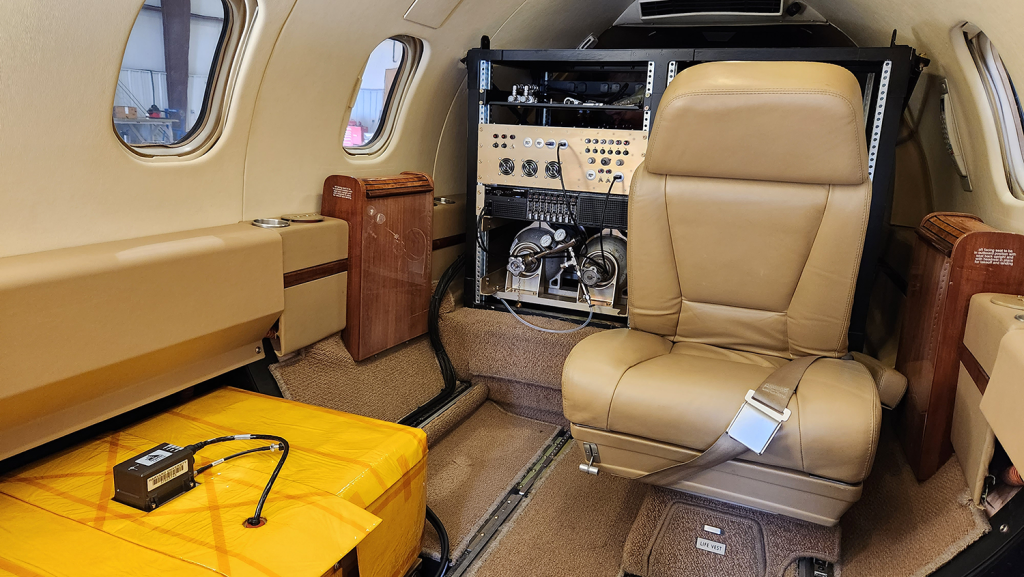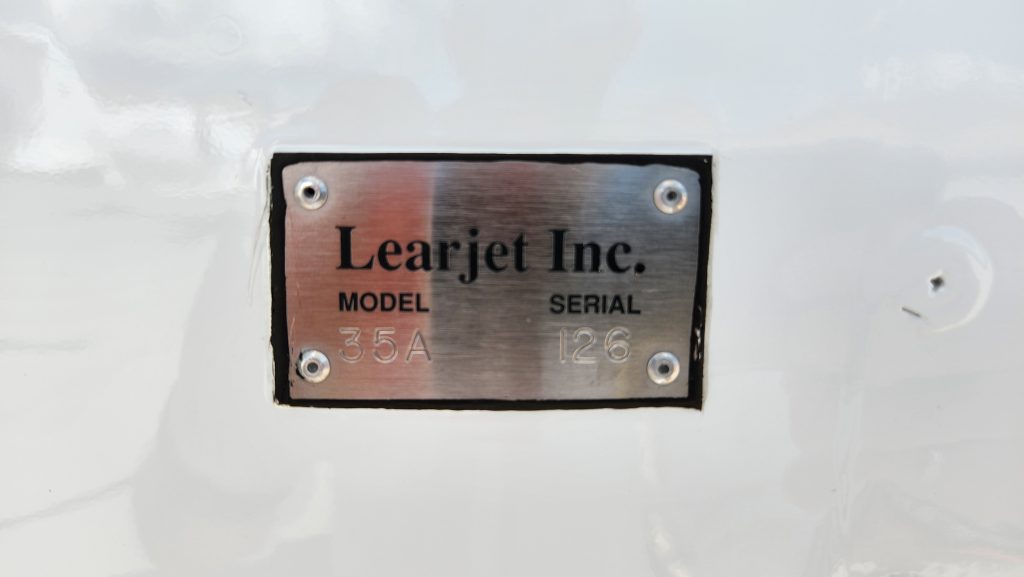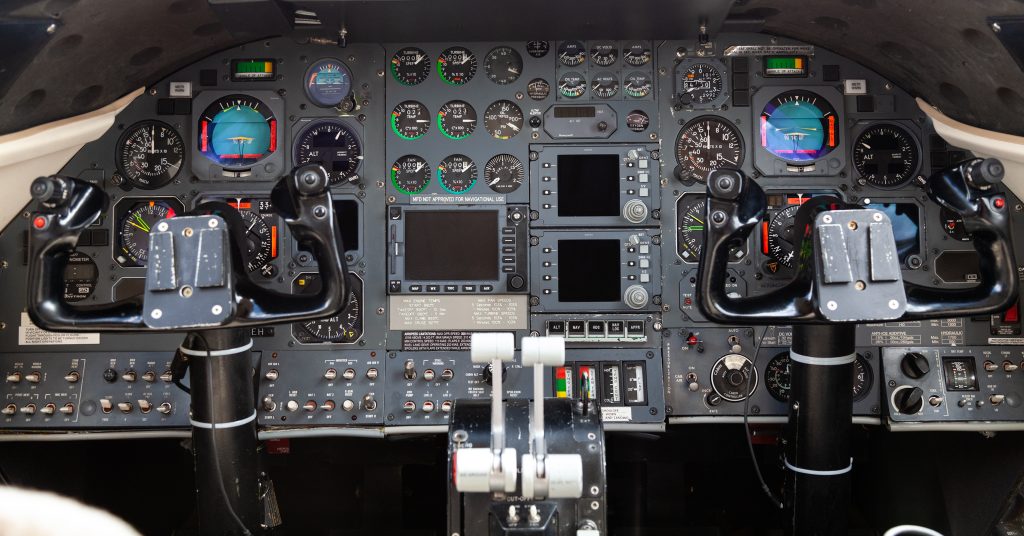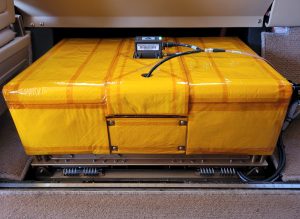
Data Processing vs. Data Management – Helping find the value in your data
Data Processing vs. Data Management – Finding value in your data In today’s data driven world, organizations and individuals rely heavily on the effective handling and use of data. When done correctly we can assess and gain valuable insights from data which allows for informed decision-making, technological progress and further






